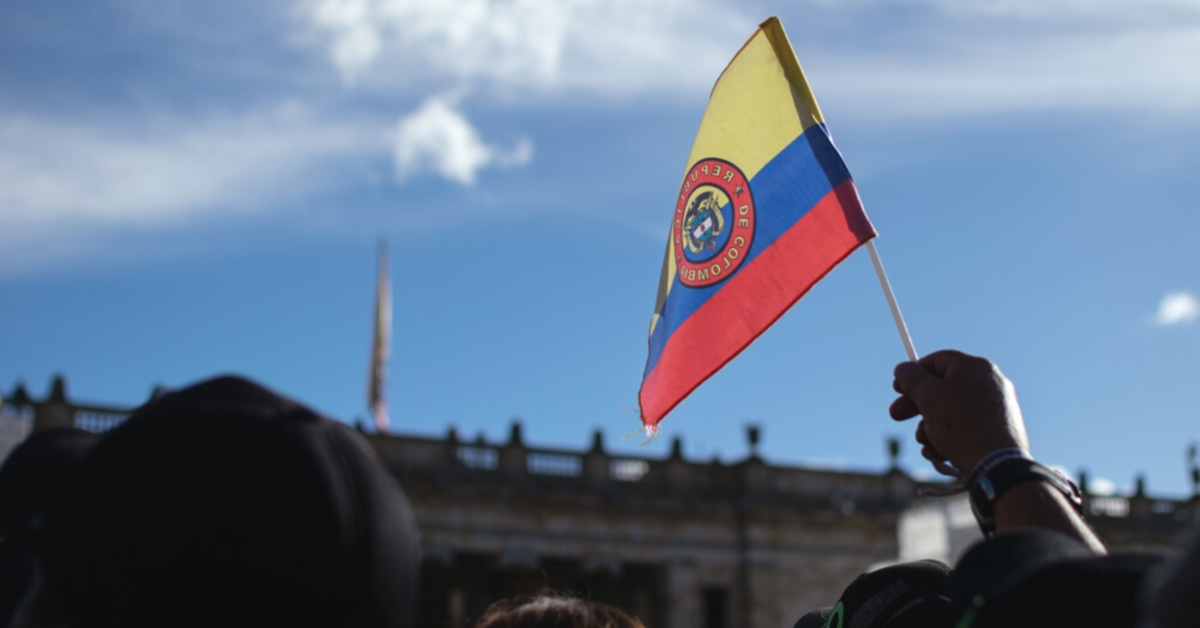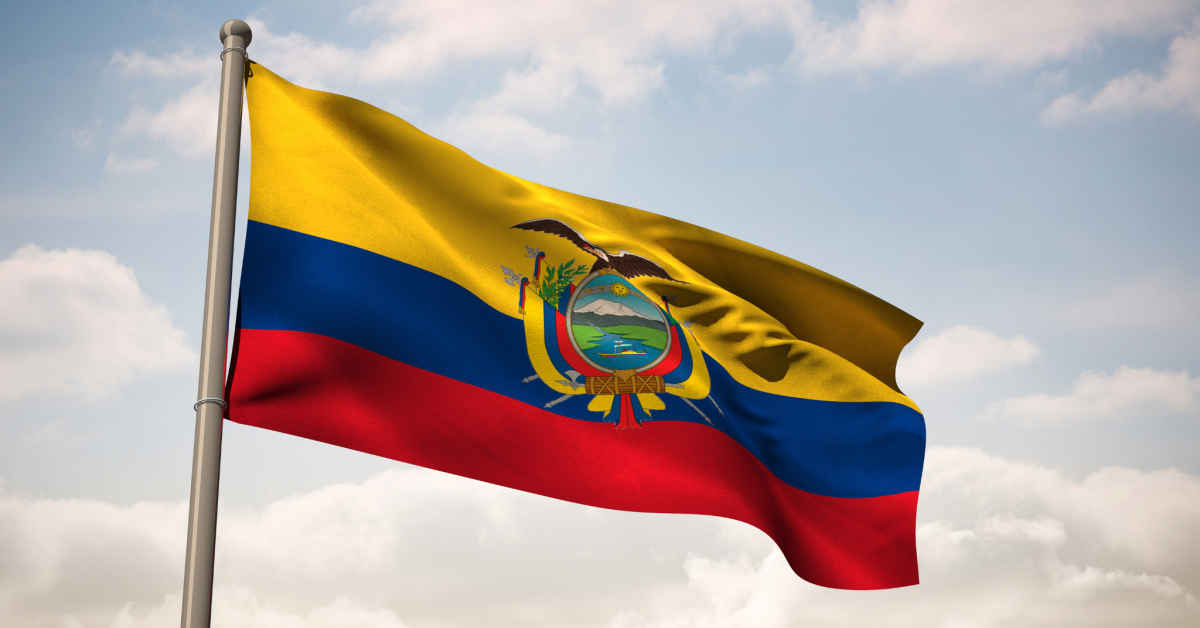Sunday, August 17 marked the deadline for submitting candidate lists to Argentina’s electoral board, as part of the national legislative elections scheduled for October 26. The closing of candidate lists is a pivotal moment in Argentina’s electoral cycle—it defines the political battlefield for the legislative elections and signals the strategic bets each coalition is making to gain or preserve power.
In these elections, half of the House of Representatives and one-third of the Senate will be renewed—amounting to 127 representatives and 24 national senators. With control of the House and Senate hanging in the balance, these finalized rosters set the tone for an election that will be a critical test of democratic alignment and fiscal direction, as the country navigates deep polarization, economic strain, and institutional transformation.
The following piece provides a look at what’s at stake in the House of Representatives and the Senate as well as a snapshot of the final list of candidates.
Overview
The ruling party, La Libertad Avanza (LLA) aims to consolidate its parliamentary power and secure an alliance of at least 85 representatives—one-third of the total—which would allow it to uphold potential presidential vetoes. President Javier Milei has already stated he will veto any laws that threaten the fiscal surplus. With candidate lists in all jurisdictions and a broader territorial presence, the government is aiming to strengthen its representation in both chambers to ensure its goal of “zero deficit.”
Within Peronism, the priority when selecting candidates was to preserve unity and avoid internal splits, with the goal of remaining the main opposition force in Congress.
At the same time, the Provincias Unidas alliance—made up of moderate governors—is looking to establish itself as a centrist option, while the PRO and Mauricio Macri have been sidelined in a new political landscape dominated by the ruling party.
As for the candidate lists, LLA, led by Milei, nominated economist and Representative José Luis Espert in Buenos Aires; Security Minister Patricia Bullrich and Alejandro Fargosi in the City of Buenos Aires; Gonzalo Roca in Córdoba; and Agustín Pellegrini in Santa Fe. Meanwhile, Fuerza Patria, the main opposition coalition, is putting forward Jorge Taiana in Buenos Aires; Mariano Recalde and Itai Hagman in the City of Buenos Aires; Pablo Carro in Córdoba; and Caren Tepp in Santa Fe.
Electoral Timeline

Key Factors of the Election
- Renewal of Seats in the House of Representatives and the Senate: All provinces will elect national representatives, but only some will also renew their senators. In the House of Representatives, representation is proportional to each district’s population, so the number of seats at stake varies by province. This year, the provinces electing all three of their national senators are: the Autonomous City of Buenos Aires, Chaco, Entre Ríos, Neuquén, Salta, Santiago del Estero, Río Negro, and Tierra del Fuego.
- First National Election with a Single Ballot Paper: For the first time in Argentina’s electoral history, the national legislative election will be held using a single paper ballot—a system that replaces the traditional party-by-party ballots. In this format, voters receive one sheet listing all official candidate lists and indicate their choice by marking a checkbox. The goal is to cut costs, simplify vote counting, and prevent ballot theft or shortages.
- Polarization at the Polls: The election will be heavily polarized between La Libertad Avanza and Fuerza Patria, both of which have experienced important internal shifts. LLA struck a balance between technical and political profiles—with Espert and Bullrich as key figures—and brought in outsiders as part of a strategy to broaden its base, ultimately sidelining the PRO and exposing Mauricio Macri’s waning influence. In contrast, Karina Milei has emerged as a dominant figure in shaping candidate selections.
Within Peronism, Cristina Kirchner reaffirmed her central role as political strategist and prioritized unity as the party’s main strength, giving space to internal factions like that of Juan Grabois. His third spot on the Buenos Aires list reflects both a move to address social demands and an effort to strengthen territorial cohesion in Greater Buenos Aires (AMBA). The resulting political landscape features a more centralized and top-down ruling coalition, while the opposition seeks to stay competitive by maintaining balance among its various factions.
Who’s Fighting to Keep Their Seat in Congress

What is at stake in the House of Representatives: In the lower house, La Libertad Avanza risks only 8 of its 39 seats, as it strengthened its bloc in the 2023 presidential elections. PRO puts 23 of its 37 seats at stake, while Unión por la Patria (UxP), the largest caucus, is renewing 46 of its 98 representatives. This configuration provides the ruling coalition with a strategic opportunity to expand its weight in the House of Representatives and consolidate its legislative power.

What is at stake in the Senate: In partisan terms, La Libertad Avanza also has a major opportunity to consolidate its political power in this chamber, as none of its senators’ terms expire this year. The party with the most seats at stake is Fuerza Patria, which must renew half of its seats.
Confirmed Lists | Senators
Ciudad Autónoma de Buenos Aires
Seats to be elected: 3 Senators
Alianza La Libertad Avanza
- Patricia Bullrich: Minister of National Security.
- Agustín Monteverde: Economist, first experience in politics. Expected to be the bloc’s economic spokesperson.
- Pilar Ramírez: LLA organizer in CABA, close to Karina Milei.
Fuerza Patria
- Mariano Recalde: National Senator, founder of La Cámpora and former CEO of Aerolíneas Argentinas.
- Ana Arias: Dean of the Faculty of Social Sciences (UBA).
Ciudadanos Unidos
- Graciela Ocaña: Legislator for CABA.
- Martín Ocampo: Attorney General of CABA, close to Daniel Angelici.
Confirmed Lists | National Representatives
Provincia de Buenos Aires
Seats to be elected: 35 National Representatives
Alianza La Libertad Avanza
- Jose Luis Espert: Current national deputy and long-time friend of President Milei.
- Karen Reichardt: Actress, TV host.
- Diego Santilli: Current national deputy (PRO), promoter of the agreement with LLA.
Fuerza Patria
- Jorge Taiana: Former Foreign Minister during the presidencies of Néstor and Cristina Kirchner (2005–2010).
- Jimena López: Leader of Sergio Massa’s Frente Renovador.
- Juan Grabois: Social leader close to CFK. Leader of Patria Grande and the Movimiento de Trabajadores Excluidos.
Provincias Unidas
- Florencio Randazzo: Former Minister of the Interior and Transport under Cristina Kirchner; broke with Kirchnerism in 2015.
- Margarita Stolbizer: Leader of the GEN party.
- Emilio Monzó: Former President of the House of Representatives during Macri’s administration. Peronist negotiator.
Ciudad Autónoma de Buenos Aires
Seats to be elected: 13 National Representatives
Alianza La Libertad Avanza
- Alejandro Fargosi: Lawyer, former PRO. Close to Bullrich.
- Patricia Holzman: Director of Fundación Judaica, former PRO.
- Nicolás Emma: Current national deputy, took the seat in place of President Milei in 2023.
Fuerza Patria
- Itai Hagman: Current deputy and leader of Juan Grabois’ Frente Patria Grande.
- Kelly Olmos: Former Minister of Labor under Alberto Fernández.
- Santiago Roberto: Former legislator, close to union leader Víctor Santa María.
Ciudadanos Unidos
- Martín Lousteau: Current national senator, president of the UCR.
- Piera Fernández: Student leader, former president of the Federación Universitaria Argentina.
- Gustavo Marangoni: Former president of Banco Provincia during Daniel Scioli’s governorship.
Córdoba
Seats to be elected: 9 National Representatives
Alianza La Libertad Avanza
- Gonzalo Roca: Businessman. Close to Gabriel Bornoroni, head of the parliamentary bloc.
- Laura Soldano: Self-described “spiritual communicator.” Close to Bornoroni.
- Marcos Patiño: Vice president of LLA in Córdoba and head of PAMI in the province. Responds to Bornoroni.
Fuerza Patria
- Pablo Carro: Deputy since 2017, aligned with Cristina Fernández de Kirchner.
- Constanza San Pedro: Leader of Patria Grande, close to Juan Grabois.
- Pablo Martín Tissera: Cooperative movement leader and president of Partido Solidario Córdoba.
Provincias Unidas
- Juan Schiaretti: Former governor of Córdoba, main architect of Provincias Unidas.
- Carolina Basualdo: Mayor of Despeñaderos, close to Alejandra Vigo, wife of Juan Schiaretti.
- Miguel Siciliano: Aligned with Governor Martín Llaryora; currently president of the provincial legislature.
Santa Fe
Seats to be elected: 9 National Representatives
Alianza La Libertad Avanza
- Agustín Pellegrini: Promoted by deputy Romina Diez, close to Karina Milei.
- Yamile Tomassoni: Head of the central region ANSES in the province. LLA organizer alongside Romina Diez.
- Juan Montenegro: Legal representative of LLA and head of ANSES for the Litoral Region, also promoted by Diez.
Fuerza Patria
- Caren Tepp: Rosario city councilwoman for Ciudad Futura.
- Agustín Rossi: Former Chief of Cabinet of Ministers and former Minister of Defense.
- Alejandra Borgatta: Councilwoman in Villa Constitución.
Provincias Unidas
- Gisela Scaglia: Vice Governor of the Province.
- Pablo Farías: Provincial Deputy and President of the Unidos para Cambiar Santa Fe.
- Melina Giorgi: National Deputy (UCR).
Materials presented by Edelman’s Public & Government Affairs experts. For additional information, reach out to PublicAffairsAR@Edelman.com



